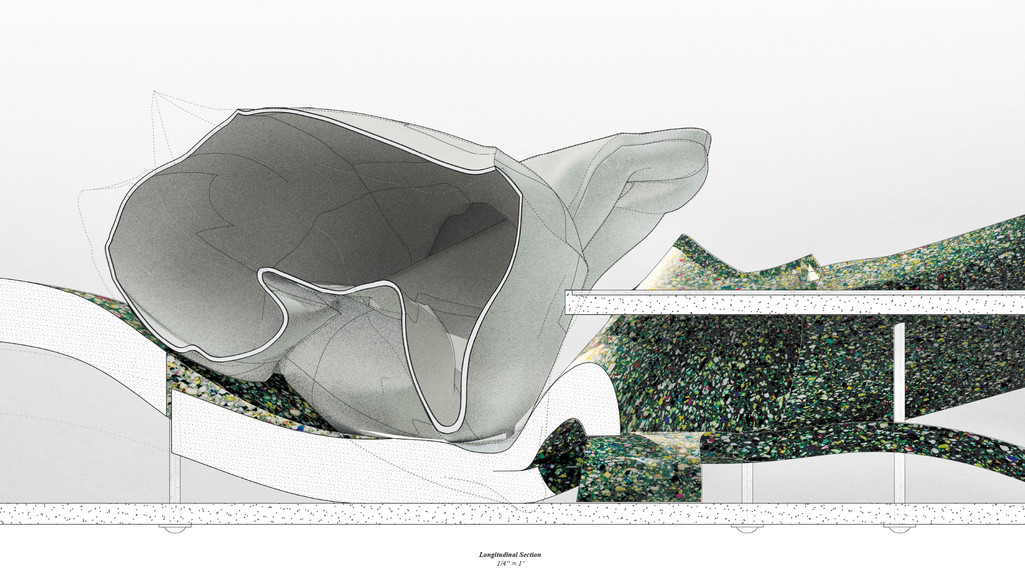
Introductory Design Studio
411 Introductory Design Studio
2018
The course is organized according to a standard structural model underlying many architectural projects. Understood in three phases, the work began with careful analysis of existing, seminal cases, or precedent. Upon gaining command of the case in question, a problem was then constructed, drawn from a limited set of principles observed in the precedent as well as others that come from outside. From here, a project developed as the reflection of a singular, specific resolution according to the plasticity of the more general problem.
The vault ranks high among architectural elements for its strong and persistent presence across periods and cultures. At its most basic, a vault is defined as an arched surface (or collection of surfaces) that springs from peripheral, grounded edges to an apex above. Most architectural applications of this form find it in an overhead location serving the purpose of some kind of shelter and in these cases the vault is understood as a special class of roof. More generally, however, the vault is a geometry not necessarily beholden to an architectural context.
Generally speaking the vault is a strong, well-defined element, a thing that virtually everyone recognizes with an immediacy and certainty that few other forms command. This singularity of definition, however, exists only in the general sense—only, really, at the level of concept. For as attention shifts from the general to the specific (the ideal to the real) the definition of the vault nearly explodes with extensions, corollaries, deviations, and caveats - the strange and seemingly endless proliferation of formal novelty found in each subsequent, specific case. The vault is ultimately an input that while massive is a highly plastic artifact. Assemblies of totally packed parts, articulations of surface relate directly, yet not simply, to the weight-bearing capacities of the structural form. The interior of the vault is a basic yet dynamic unit of spatial organization. The course will transition from analyzing the qualities of vaults to testing their plasticity.
The course was an introduction to the analysis and description of form. Analysis is an innately reductive method, historically involving a ‘purification’ of certain contextual noise in order to reveal deeper information. This process was conducted in part by modeling vault geometry in Sculpey. Sculpey is the proprietary name of a type of polymer clay used for a variety of modeling purposes. It maintains a soft, malleable quality until baked in a conventional oven. Sculpey is characteristically blank, bulky, and plastic. The use of Sculpey necessarily involves the reduction of information and techniques of abstraction to gain some critical distance from the original object of study. As we moved away from a more general problem toward a singular resolution in the form of a project, Sculpey was the substrate for projective, transformative operations on this base material, bending its logic toward novel expressions.
Related Faculty |
Julia Koerner, Benjamin Freyinger, Gabriel Fries-Briggs, Michael Loverich |
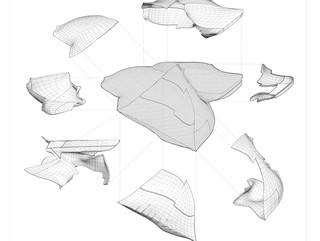
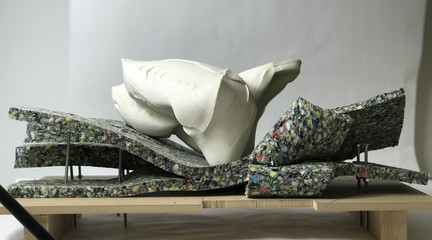
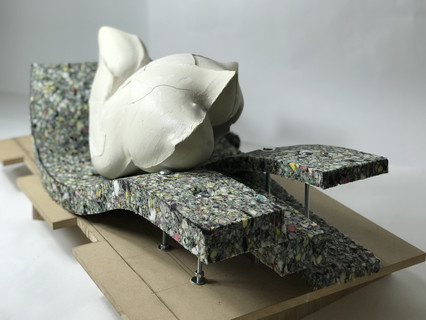
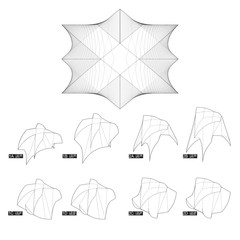
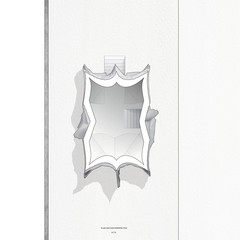
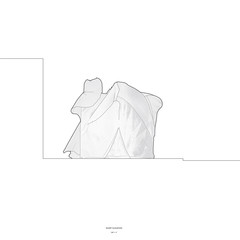
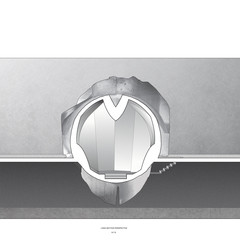
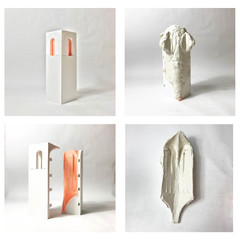
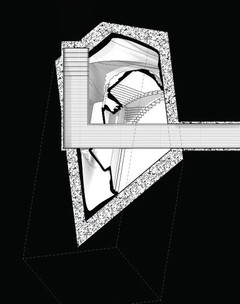
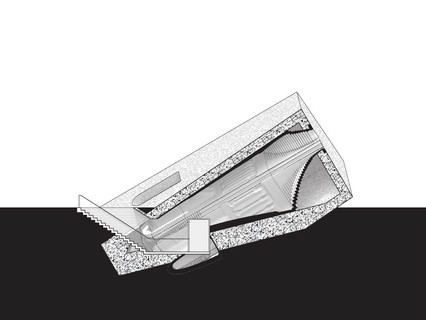

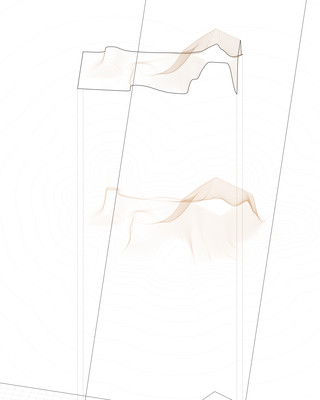
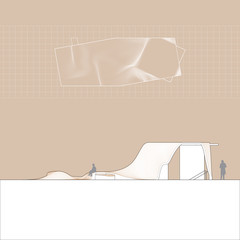
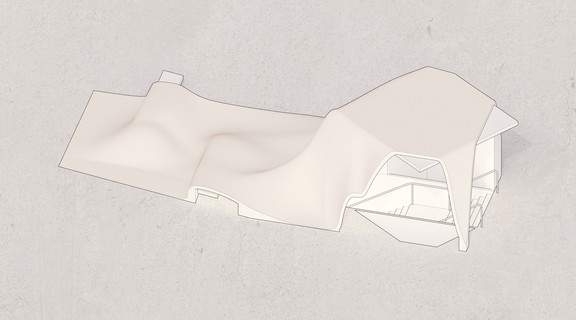
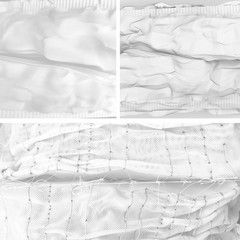
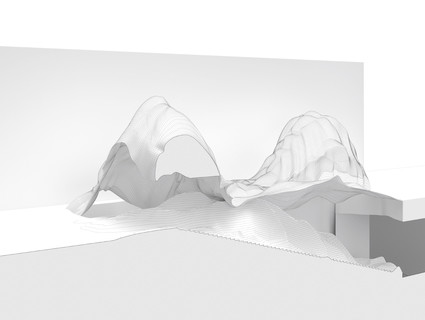
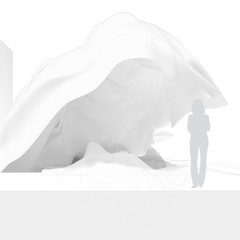
- Xavier Ramirez
- Xavier Ramirez
- Xavier Ramirez
- Hannah Hortick
- Hannah Hortick
- Hannah Hortick
- Hannah Hortick
- Samantha Radice
- Samantha Radice
- Samantha Radice
- Samantha Radice
- Andrew Gonzales
- Andrew Gonzales.
- Andrew Gonzales
- Amy Robles
- Amy Robles
- Amy Robles